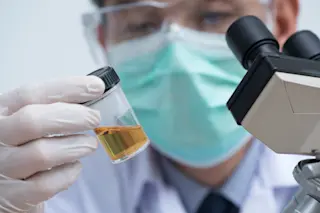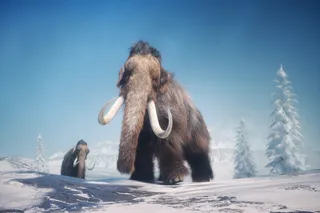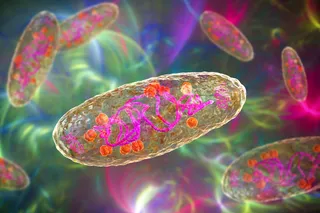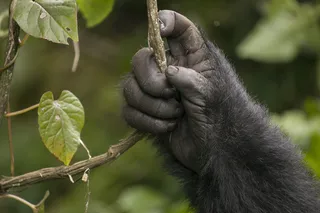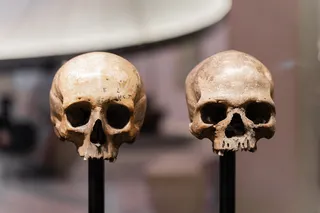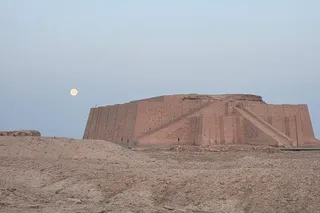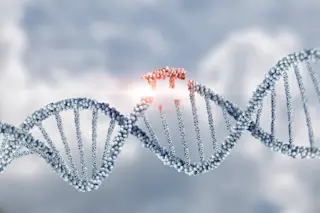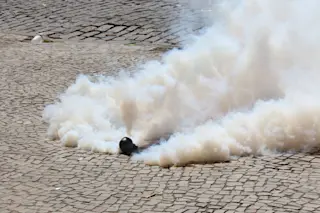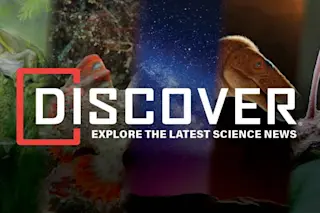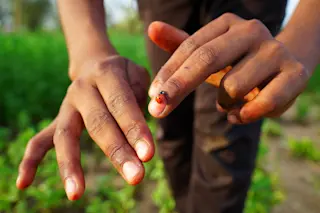When thinking about building a sustainable environment, recycling — reusing items once dismissed as waste — is a key mechanism. While the idea of repurposing human waste might make some cringe, urine has long been recognized for its richness in nutrients like nitrogen and phosphorus. But using it as fertilizer hasn’t taken off, largely because those nutrients are already cheap and abundant. That’s why researchers are shifting their focus to other possibilities.
Inspired by the biology of bone-forming cells, scientists at the University of California, Irvine, along with collaborators across the U.S. and Japan, have discovered a novel way to reuse urea, a chemical found in urine, to manufacture hydroxyapatite, a valuable mineral with a wide range of uses.
Their study, published in Nature Communications, outlines potential applications from bone and dental implants, to archaeological restoration, biodegradable plastic alternatives, and even construction materials. In short, they’ve found a way to turn human waste into a sustainable, high-value resource.
Hydroxyapatite Is in Teeth and Bones
Hydroxyapatite (HAp) is a natural mineral found in human teeth and bones, produced by cells called osteoblasts, which concentrate calcium and phosphate to grow and maintain our skeletal system.
Outside the human body, HAp is prized for its strength and biocompatibility. It’s used in everything from medical implants to soil treatment, water purification, and even thermal insulation. However, producing it the natural way, through cultivating osteoblasts, isn’t scalable for larger industrial production. While synthetic methods already exist, many require high temperatures or costly processes to produce. That’s where synthetic biology and recycling come into play.
Read More: Labs Are Assembling Synthetic Genes, and It's Cheaper Than Ever
Extracting from Human Urine
To mimic the complex process of HAp formation, the researchers engineered a synthetic yeast platform they call "osteoyeast." By feeding it urea extracted from human urine, the yeast initiates a biochemical chain reaction that results in the secretion of crystalline hydroxyapatite, just like osteoblasts do.
“This process achieves two goals at the same time,” said co-author David Kisailus, UC Irvine professor of materials science and engineering in a press release. “On the one hand, it helps remove human urine from wastewater streams, mitigating environmental pollution and the buildup of unwanted nutrients; and on the other hand, it produces a material that can be commercially marketed for use in a variety of settings.”
The process is surprisingly efficient. According to the team, they can produce up to one gram of hydroxyapatite per liter of urine, and it takes less than a day.
“The fact that it uses yeast as a chassis, which is inexpensive and can be placed in large vats at relatively low temperatures — think about beer that’s made via fermentation processes and is well scaled — shows that this can be done easily without major infrastructural needs, and that has the added benefit of making it accessible to developing economies,” Kisailus added.
From Waste to Resource
The hydroxyapatite produced this way is lightweight, tough, and durable, qualities that make it not just suitable for implants and restoration work but also a promising replacement for petroleum-based plastics and other building materials.
“We are currently developing strategies to leverage [Yasuo Yoshikuni’s (from the Lawrence Berkeley Laboratory)] yeast platform with our 3D printing and structural knowledge to make multifunctional architected materials,” Kisailus said.
If this process can be scaled economically, the environmental implications are huge: reduced plastic reliance, lower energy costs, and new life for a waste product that we literally flush away.
The research marks a big step toward sustainable biomanufacturing and smarter resource recovery. By turning an everyday waste stream into a material with serious industrial and ecological value, scientists are proving that nothing should be wasted.
Read More: Human Urine Could Help Astronauts Build Moon Bases Someday
Article Sources
Our writers at Discovermagazine.com use peer-reviewed studies and high-quality sources for our articles, and our editors review for scientific accuracy and editorial standards. Review the sources used below for this article:
American Chemical Society: Urea
Nature Communications: Cost-effective urine recycling enabled by a synthetic osteoyeast platform for production of hydroxyapatite



